INKTOBER DAY 13 To 21!!! #21 DRAIN #20 BREAKABLE #19 SCORCHED #18 BOTTLE #17 SWOLLEN #16 ANGULAR #15
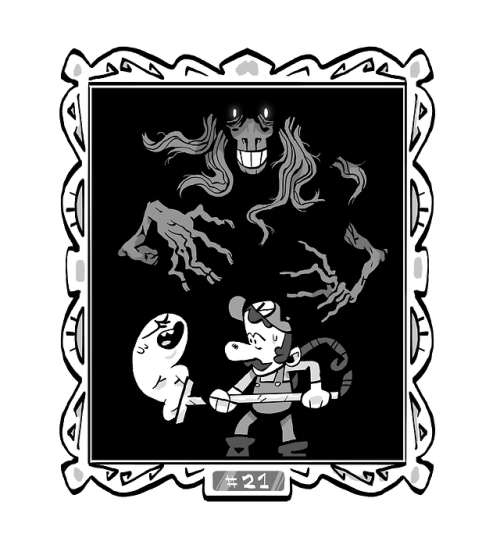
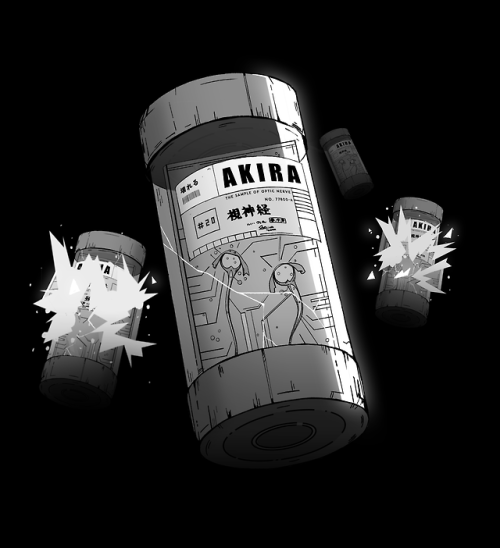

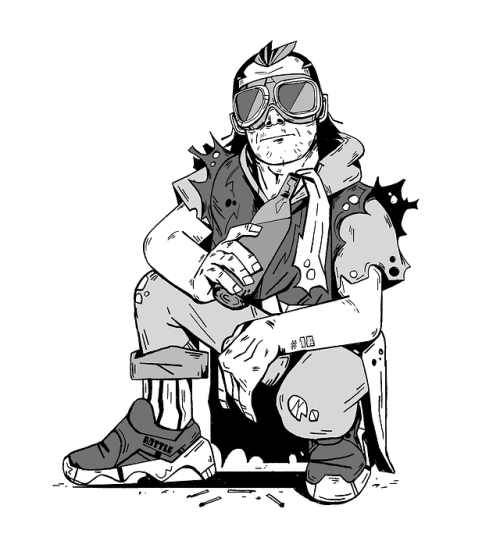
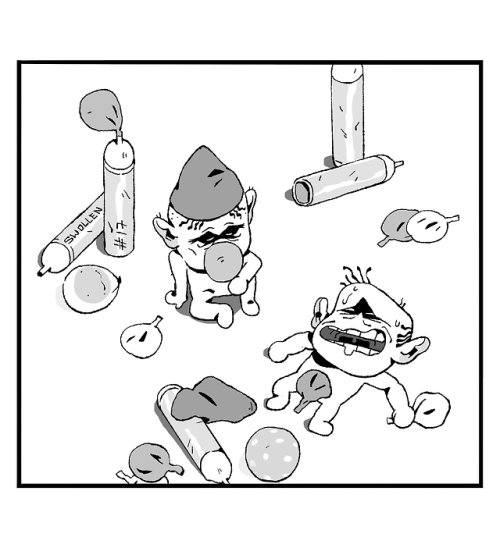
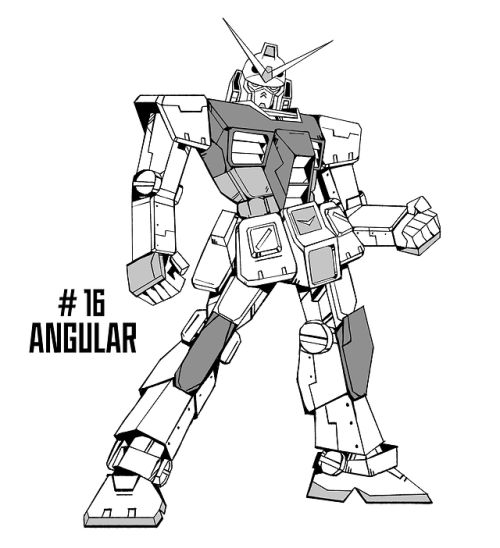

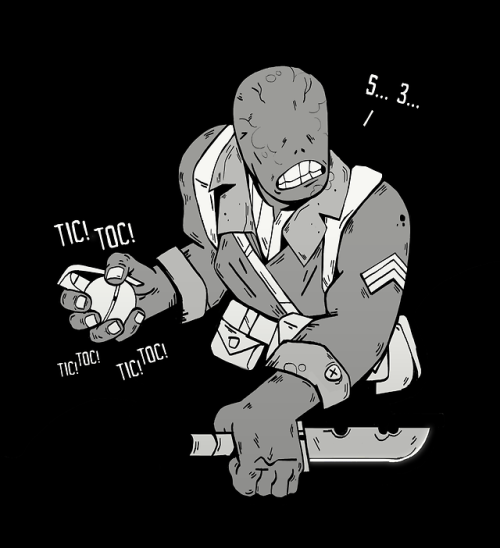

INKTOBER DAY 13 to 21!!! #21 DRAIN #20 BREAKABLE #19 SCORCHED #18 BOTTLE #17 SWOLLEN #16 ANGULAR #15 WEAK #14 CLOCK #13 GUARDED
More Posts from Iphleandro-blog and Others
Mathematics, rightly viewed, possesses not only truth, but supreme beauty- a beauty cold and austere, without the gorgeous trappings of painting or music.
Bertrand Russell

(via spring-of-mathematics)

Figurilla en Forma de Rana
La pequeña pieza elaborada en oro, con incrustaciones de turquesa a manera de ojos, procede de Chichén Itzá y seguramente poseía un especial simbolismo por el estrecho vinculo existente entre los anfibios, las deidades y el inframundo.
INAH

Zany zebra facts: 1) Each zebra has a unique stripe pattern—no two are alike. 2) A zebra’s eyesight at night is thought to be about as good as that of an owl. 3) Zebras have a pad of fat under their mane that keeps it standing straight up.
Thanks to Todd Lahman for the stunning shot of Zari the zebra.
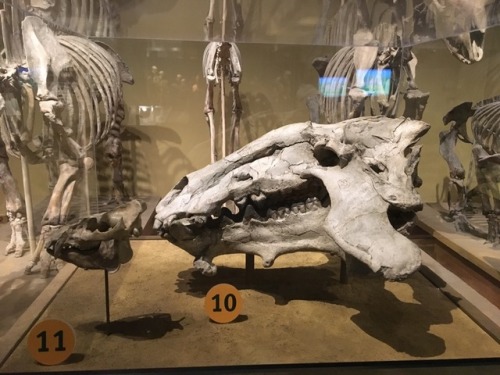
Entelodonts: terrifying.
Shown here compared to a modern pig skull on the left. (Entelodonts were actually more closely related to whales and hippos than pigs.)
Here is a semester project in the 2012 Mechatronic control systems engineering module at San Jose State University. This is a Proportional-Integral-Derivative controlled (PID), 6 degree of freedom (6-DOF) Stewart platform, which basically means it has six axes on the top plate. This prototype uses 6 radio controlled servo motors instead of the traditional use of hydraulic jacks or electronic actuators. (this video has sound)
Proportional-Integral-Derivative:
A PID controller continuously calculates an error value as the difference between a measured process variable and a desired setpoint. The controller attempts to minimize the error over time by adjustment of a control variable, such as the position of a set of servo motors or actuators, to a new value, given by a weighted sum:

where Kp ,Ki , and Kd, all non-negative, denote the coefficients for the proportional, integral, and derivative terms, respectively (sometimes denoted P, I, and D).
P accounts for present values of the error , and is determined by the direction and magnitude the correction needs to be applied (e.g. if the error is large and positive, the control variable will be large and negative),
I accounts for past values of the error (e.g. if the output is not sufficient to reduce the size of the error, the control variable will accumulate over time, causing the controller to apply a stronger action through P), and
D accounts for possible future values of the error, based on its current rate of change. This part determines when and at what rate it needs to reduce the magnitude of its action, e.g as the ball fast approaches the desired set point at the centre of the plate.
[source]

Ammonites on Matrix (Quenstedtoceras sp., Jurassic) - Volga River, Ulyanovsk, Russia
This extremely artistic assemblage of large and small ammonites from Russia demonstrate an intense iridescence and highlights due to the presence of metallic Pyrite. The cluster has been positioned on a new matrix, as the grainy rock in which these Quenstedtoceras cephalopods were collected is not hard nor stable enough to display them permanently. The added component is an attractive piece of what is known as septarian, a mud-like material that grows in nodules. In this instance, yellowish Calcite crystals and gray sediment have formed the rock on which these colorful ammonites reside. The cluster is quite representative of the Volga River material, and that combination results in a dramatic display specimen.
Overall Measurements: 6.30 x 5.51 x 5.71 inches (16.00 x 14.00 x 14.50 cm)


Cute animals ♥
Gray wolves by Chad Barry

The “Squidworm” is believed to be a transitional organism from benthic worms to free-swimming pelagic worms. They are named Squidworms due to their tentacle-like branchiae and palps.
(source)
-
 trianglegris liked this · 3 months ago
trianglegris liked this · 3 months ago -
 happyvilleusa liked this · 7 months ago
happyvilleusa liked this · 7 months ago -
 junkkey liked this · 1 year ago
junkkey liked this · 1 year ago -
 ghot liked this · 1 year ago
ghot liked this · 1 year ago -
 pachiba liked this · 2 years ago
pachiba liked this · 2 years ago -
 ecanvasart liked this · 2 years ago
ecanvasart liked this · 2 years ago -
 spiffy13 liked this · 3 years ago
spiffy13 liked this · 3 years ago -
 invsbl-exe liked this · 3 years ago
invsbl-exe liked this · 3 years ago -
 pain1992 liked this · 3 years ago
pain1992 liked this · 3 years ago -
 guardiancreation liked this · 3 years ago
guardiancreation liked this · 3 years ago -
 ff-productions liked this · 4 years ago
ff-productions liked this · 4 years ago -
 dreamclod liked this · 4 years ago
dreamclod liked this · 4 years ago -
 captain5positivo-blog liked this · 4 years ago
captain5positivo-blog liked this · 4 years ago -
 turdus-merula reblogged this · 4 years ago
turdus-merula reblogged this · 4 years ago -
 turdus-merula liked this · 4 years ago
turdus-merula liked this · 4 years ago -
 mexi-pixie liked this · 4 years ago
mexi-pixie liked this · 4 years ago -
 candyguts663 liked this · 4 years ago
candyguts663 liked this · 4 years ago -
 anotherword liked this · 4 years ago
anotherword liked this · 4 years ago -
 clorhex reblogged this · 4 years ago
clorhex reblogged this · 4 years ago -
 clorhex liked this · 4 years ago
clorhex liked this · 4 years ago -
 agrosnarl liked this · 4 years ago
agrosnarl liked this · 4 years ago -
 goddessgahyeon liked this · 4 years ago
goddessgahyeon liked this · 4 years ago -
 yk007 liked this · 4 years ago
yk007 liked this · 4 years ago -
 masteredby liked this · 4 years ago
masteredby liked this · 4 years ago -
 dssweeney liked this · 4 years ago
dssweeney liked this · 4 years ago -
 papiringooo liked this · 4 years ago
papiringooo liked this · 4 years ago -
 technosqueek liked this · 4 years ago
technosqueek liked this · 4 years ago -
 alasdairlaurent3 liked this · 4 years ago
alasdairlaurent3 liked this · 4 years ago -
 kingnormal liked this · 4 years ago
kingnormal liked this · 4 years ago -
 brandonjamesprather3rd liked this · 4 years ago
brandonjamesprather3rd liked this · 4 years ago -
 ohsos-world liked this · 4 years ago
ohsos-world liked this · 4 years ago -
 galactic-rai liked this · 4 years ago
galactic-rai liked this · 4 years ago -
 artiezada reblogged this · 4 years ago
artiezada reblogged this · 4 years ago -
 artiezada liked this · 4 years ago
artiezada liked this · 4 years ago -
 aeggibbang liked this · 4 years ago
aeggibbang liked this · 4 years ago -
 monsieurgog liked this · 4 years ago
monsieurgog liked this · 4 years ago -
 drako1139 liked this · 4 years ago
drako1139 liked this · 4 years ago -
 tokyo108 liked this · 4 years ago
tokyo108 liked this · 4 years ago -
 octoopyart liked this · 4 years ago
octoopyart liked this · 4 years ago -
 oogaloospring18 liked this · 4 years ago
oogaloospring18 liked this · 4 years ago -
 sealjustaseal liked this · 4 years ago
sealjustaseal liked this · 4 years ago -
 d0gg-rr4tt3zz liked this · 4 years ago
d0gg-rr4tt3zz liked this · 4 years ago -
 imnobody240 liked this · 4 years ago
imnobody240 liked this · 4 years ago -
 sleepypinkgremlin liked this · 4 years ago
sleepypinkgremlin liked this · 4 years ago